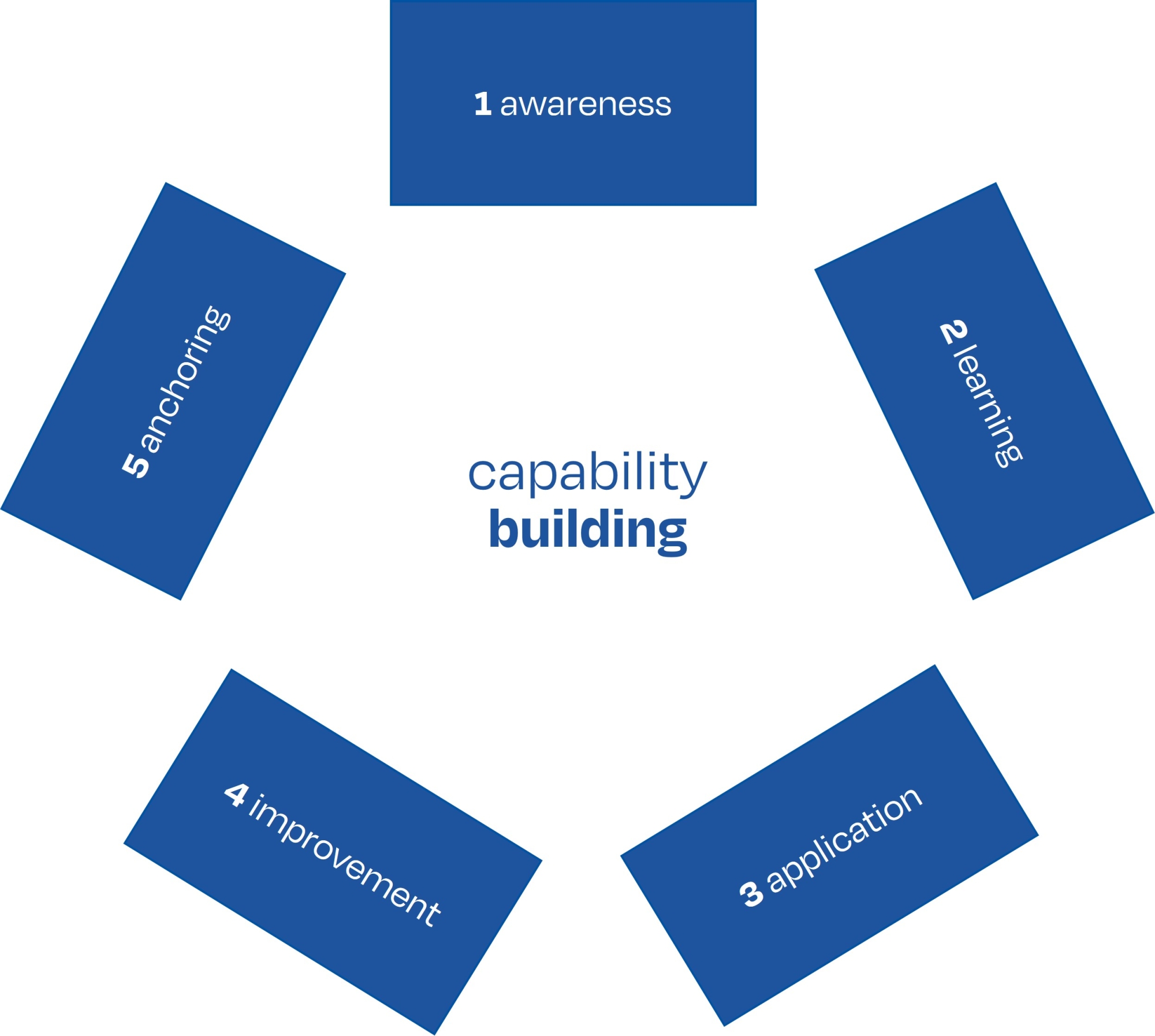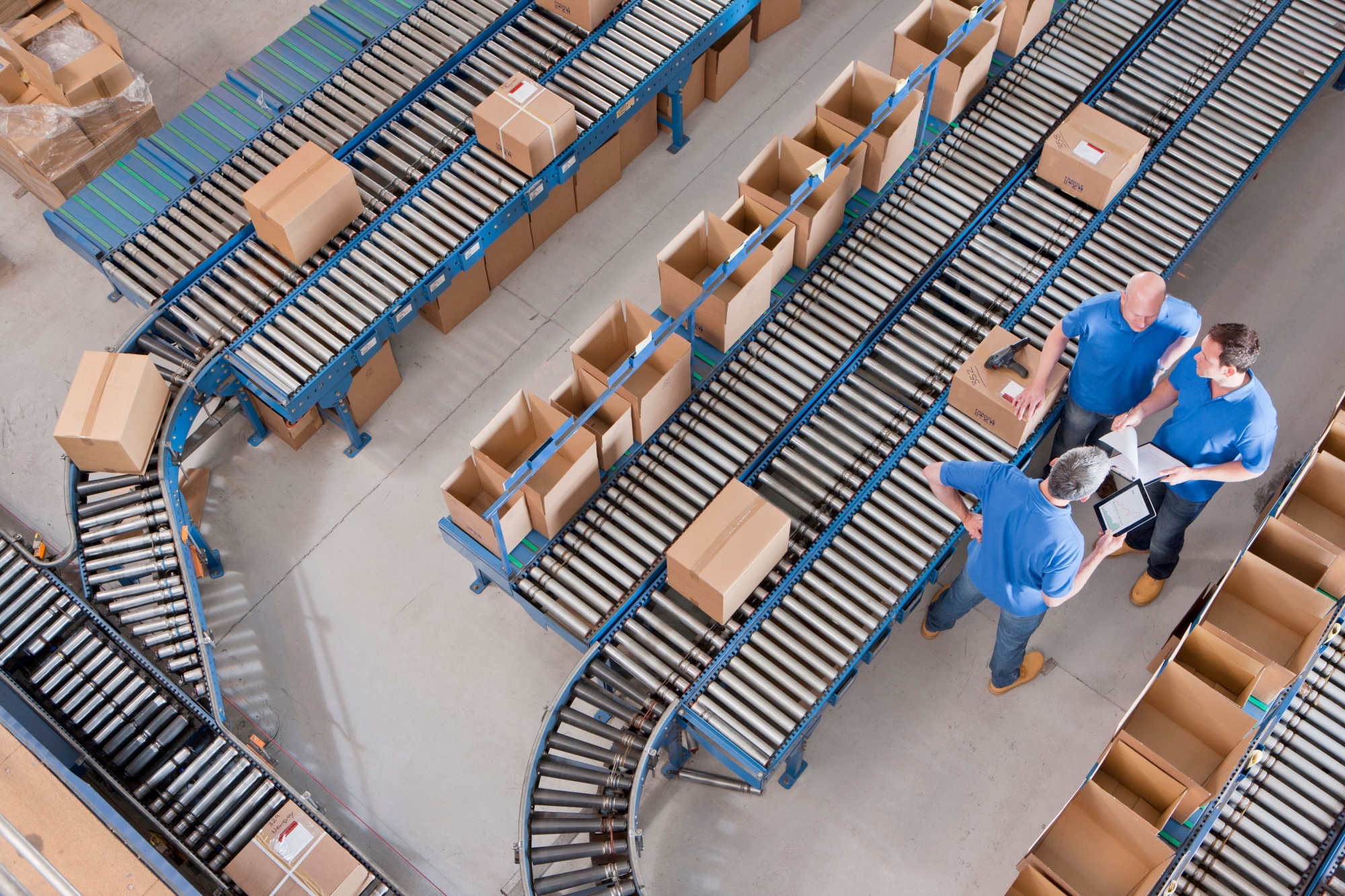Capability building leads to results-oriented development
To thrive in a dynamic and ever-changing market, it is important that our employees have adequate skills. To this end, it is essential to ask the following development questions:
- What skills do we need to realise our strategy, objectives and project portfolio?
- To what extent are those skills already present in our employees?
- If there is a gap in the organisation's skill level, how do we want to fill it? Often, this responsibility is assigned to an L&D Manager.
Reflections from practice
At Stanwick, we integrate the identification and development of strategic skills into our consultancy processes. From the start, together with the client, we identify which skills are crucial for the intended transformation and to what extent they are already present in the organisation. On that basis, we design a learning path. Time and again, we establish that not only the employees involved in that learning path, but also the entire department or organisation, transform and grow. After all, by creating sufficient opportunities for the successful application of the required skills, employees experience a deeper, more practical and results-oriented change.
This proves that efficient capability building is not just about knowledge transfer, but about embedding skills in employees' daily behaviour.
The crucial role of the L&D Manager

A key responsibility of the L&D Manager is to determine what skills are needed and to what extent they are already present in the organisation. In addition, the L&D Manager also determines how those skills will be acquired: for example, do we choose to hire external people, or do we develop those skills in our current employees? However, making employees competent in their jobs goes beyond just mastering a skill. Indeed, it is when those individual skills are put into practice and produce a concrete result that the skill is also effectively embedded as a behavioural change. And only then can we speak of capability building and development. This continuous cycle of awareness, learning, application, improvement and anchoring is crucial for the sustainable development of both employees and organisation.
Creating success experiences
As L&D managers, we therefore need to think about how to create and integrate success experiences into development paths. Which employee can apply which skills where and how do we ensure they are successful in doing so? Only then will employees continue to hone their skills to contribute to the success of the organisation. This process goes far beyond training: it is about creating a learning environment where success is guaranteed.
Contact us to discuss how we can solve your challenges with our proven approach.

Stanwick. Drive for results
Stanwick offers result-oriented coaching programmes on operational excellence, project excellence and supply chain excellence with a focus on people, organisations and processes. We perform thorough assessments, develop clear roadmaps and implement and anchor improvements to guarantee sustainable results.
Our Stanwick Academy organises extensive training courses in which you learn together with a like-minded community about project management, continuous improvement, data-driven organisations, leadership and change management.



